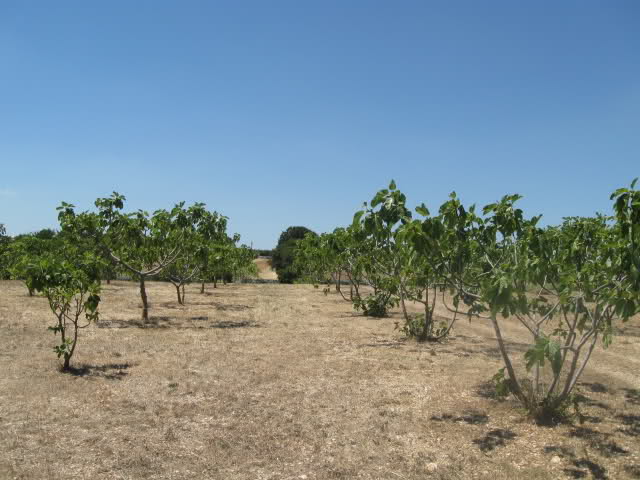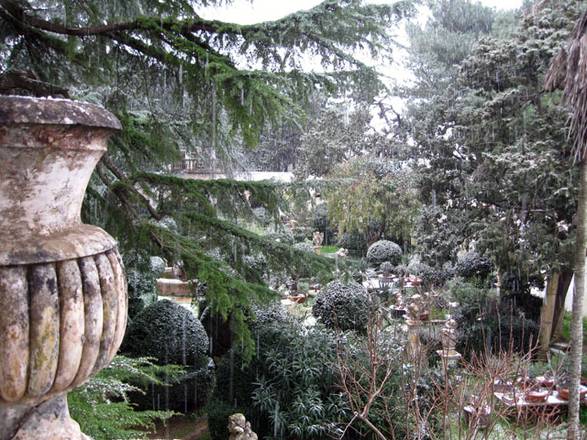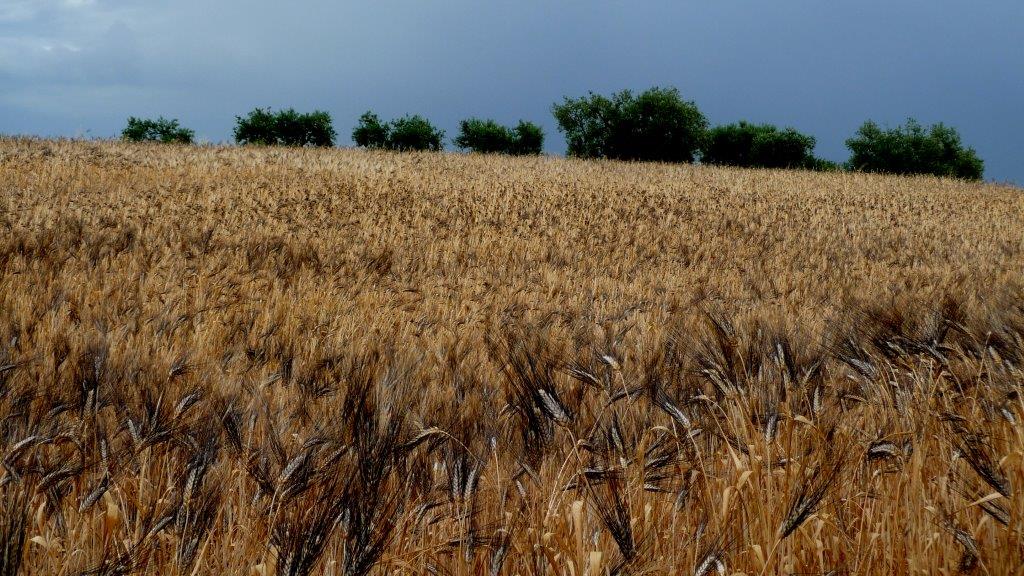
Pomona Gardens Botanical Conservatory
This post is also available in:
 Italiano (Italian)
Italiano (Italian)
This Botanical Conservatory protects the ancient local and Italian fruit varieties.
It is on a hill at 1.312 ft of altitude, around the famous “Trulli” area and surrounded by 250 acres of the countryside; the latter features dry stone walls covered by lichens as its most striking feature.
The conservatory produces an organic olive oil called “red olive” – a typical variety only found in Itria Valley (it can be used as oil or enjoyed as dressing) – and “Senatore Cappelli” wheat, named after Raffaele Cappelli, a politician from Abruzzo and the promoter of the agrarian reform in the early 1900s (leading to the official distinction between hard and soft grains).
Botanical collections
Fruit trees: there are over 1.000 varieties, including some ancient ones, such as 560 figs (Ficus carica) from Italy and Puglia, as well as from Afghanistan, Bosnia, France, Portugal, Albania, and Israel. Then, there are almond trees (Prunus dulcis), plum trees (Prunus domestica), pomegranates (Punica granatum), quinces (Cydonia oblonga), table grapes, sweet and sour cherries, plums, apricots (Prunus armeniaca), lemons (Citrus x limon , shadbush, mulberries, jujubes, rowans, dogwood, persimmon, kiwi fruits, walnuts, pistachios and hazel trees.
Among the spontaneous species, there are field marigolds (Calendula arvensis), crocus, and grape hyacinth (Muscari atlanticum).
This post is also available in:
 Italiano (Italian)
Italiano (Italian)
Contatti
Contrada Figazzano, 114 - Cisternino (BR)(BR)
080 4317806
info@igiardinidipomona.it
http://www.igiardinidipomona.it/
Altre info
Visite guidate: giovedì pomeriggio e domenica mattina su appuntamento





